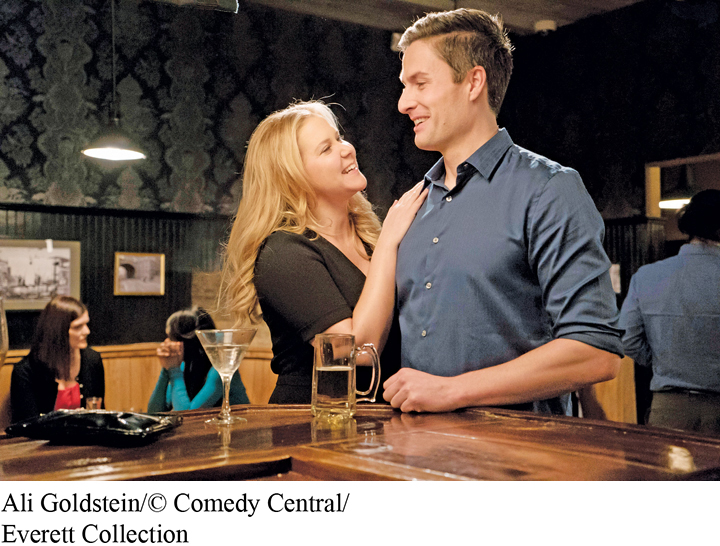Chapter 6 Introduction
186
SOUND AND IMAGES
6
Television and Cable The Power of Visual Culture

187
The Origins and Development of Television
The Development of Cable
Technology and Convergence Change Viewing Habits
Major Programming Trends
Regulatory Challenges to Television and Cable
The Economics and Ownership of Television and Cable
Television, Cable, and Democracy
Television may be our final link to true “mass” communication—
Things are different today, as television has entered the fourth stage in the life cycle of a mass medium—
188
The first major crack in the networks’ mass audience dominance came when cable TV developed in the 1970s. At first, cable channels like HBO and TNT survived by redistributing old movies and network TV programs. But when HBO began producing popular award-
What cable really did was introduce a better business model—
In recent years, retransmission fees have caused some friction between broadcasters and cable companies. For example, in 2013, when fee negotiations between CBS and Time Warner broke down, the station was dropped from Time Warner’s lineup in some markets for almost a month. In the same year, the evolving relationship between broadcasters and cable TV took a dramatic turn when General Electric, which started and owned NBC (and Universal Studios), sold majority control of its flagship network (and the film company) to Comcast, the nation’s largest cable provider. Comcast now produces or owns a significant amount of programming for use on its broadcast and cable channels, and exercises control over retransmission fees.
While the major tensions between cable and broadcasters appear to have quieted down, a new battle is brewing as the Internet and smaller screens are quickly becoming the future of television. On the surface, a mutually beneficial relationship has developed among streaming online services and broadcasters and cable providers—
As the newest battle shakes up the TV landscape, one thing remains unchanged: high-
189
BROADCAST NETWORKS TODAY may resent cable networks developing original programming, but in the beginning, network television actually stole most of its programming and business ideas from radio. Old radio scripts began reappearing in TV form, snatching radio’s sponsors, its program ideas, and even its prime-
In this chapter, we examine television and cable’s cultural, social, and economic impact. We will:
Review television’s early technological development
Discuss TV’s boom in the 1950s and the impact of the quiz-
show scandals Examine cable’s technological development and basic services
Explore new viewing technologies, such as computers, smartphones, and tablets
Learn about major programming genres: comedy, drama, news, and reality TV
Trace the key rules and regulations of television and cable
Inspect the costs related to the production, distribution, and syndication of programs
Investigate the impact of television and cable on democracy and culture
As you read through this chapter, think about your own experiences with television programs and the impact they have on you. What was your favorite show as a child? Were there shows you weren’t allowed to watch when you were young? If so, why? What attracts you to your favorite programs now? For more questions to help you think through the role of television and cable in our lives, see “Questioning the Media” in the Chapter Review.